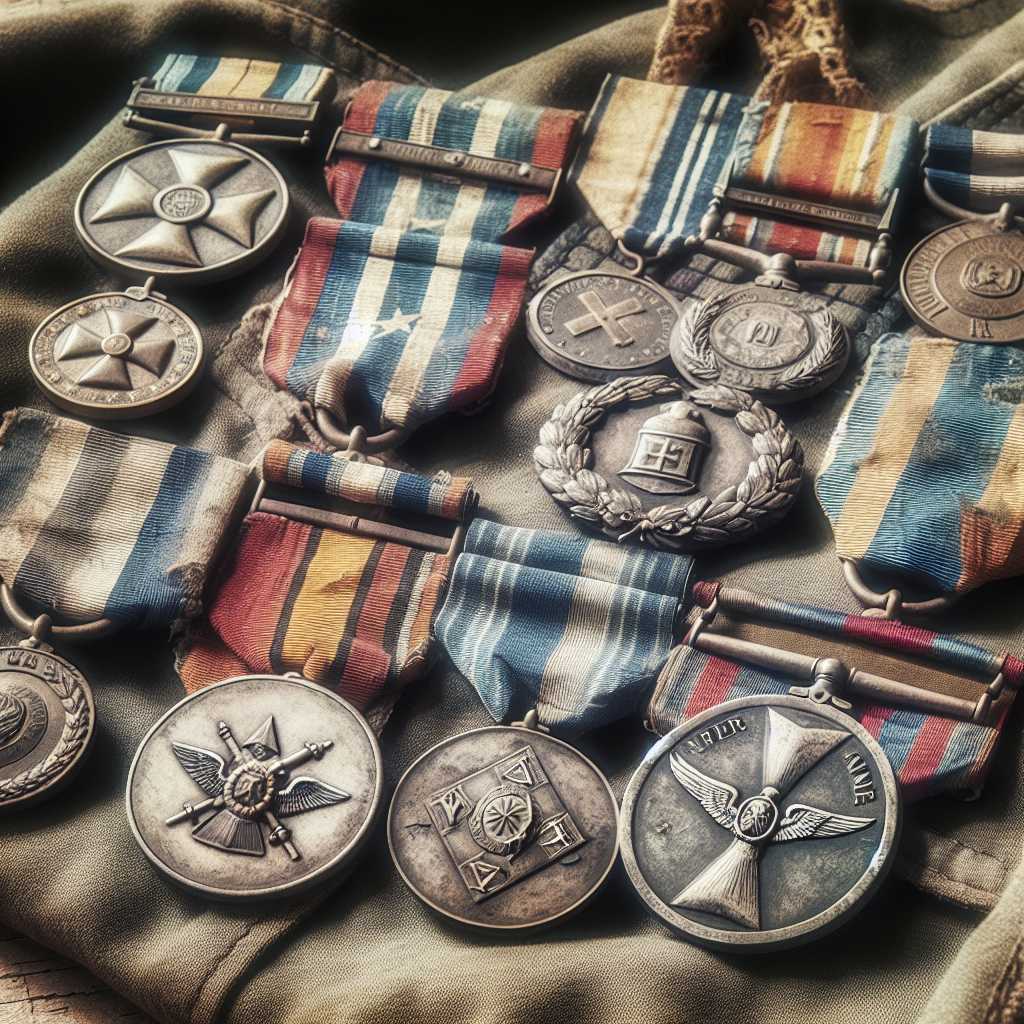###
Understanding the Definition and Role of a Veteran
Veterans are individuals who have served in the military, navy, or air service, and have gained experience through their service, often including periods of active combat. The recognition as a veteran carries substantial weight in many societies due to the dedication, sacrifices, and contributions these individuals have made in service to their country. This article looks at what constitutes a veteran, the variety of roles they may have served in, the challenges faced upon returning to civilian life, and how nations typically honor their veterans.
Who Qualifies as a Veteran?
In the simplest terms, a veteran is someone who has served in the Armed Forces of their country. But when it comes to official definitions and benefits associated with being a veteran, things can get more specific and vary by country. For instance, in the United States, a veteran is typically someone who has served on active duty for any length of time, and was honorably discharged or released under honorable circumstances.
Military Service Branches and Duties of Veterans
The armed services are divided into several branches, with each fulfilling distinct roles that contribute to the nation’s defense and strategic capabilities. In the United States, for instance, these include the Army, Navy, Air Force, Marine Corps, Coast Guard, and more recently Space Force. Across these branches, veteran roles can include front-line combat personnel, logistical support, medical professionals, pilots, engineers, administrators, and more.
Types of Military Veterans
–
Combat Veterans : Individuals who were engaged in direct action against the enemy.
– Peacetime Veterans : Those who served during times when their country was not officially at war.
– Disabled Veterans : Those who sustained injuries or disabilities during their service times.
– War-time Veterans : Veterans who served during periods of war but not necessarily in combat roles.
– Retired Veterans : Those who completed a full career within the military typically 20 years or more. Challenges Facing Veterans
–
Peacetime Veterans : Those who served during times when their country was not officially at war.
– Disabled Veterans : Those who sustained injuries or disabilities during their service times.
– War-time Veterans : Veterans who served during periods of war but not necessarily in combat roles.
– Retired Veterans : Those who completed a full career within the military typically 20 years or more. Challenges Facing Veterans
–
Disabled Veterans : Those who sustained injuries or disabilities during their service times.
– War-time Veterans : Veterans who served during periods of war but not necessarily in combat roles.
– Retired Veterans : Those who completed a full career within the military typically 20 years or more. Challenges Facing Veterans
–
War-time Veterans : Veterans who served during periods of war but not necessarily in combat roles.
– Retired Veterans : Those who completed a full career within the military typically 20 years or more. Challenges Facing Veterans
–
Retired Veterans : Those who completed a full career within the military typically 20 years or more. Challenges Facing Veterans
Challenges Facing Veterans
After leaving the service, veterans encounter assorted challenges as they transition back to civilian life. Some common difficulties include:
–
Physical Health Issues : Long-term injuries or disabilities sustained from service.
– Mental Health Struggles : Post-traumatic stress disorder (PTSD), depression, anxiety and other mental health issues stemming from experiences in active duty.
– Employment : Difficulty in finding work that matches their skill sets learnt within military contexts.
– Reintegration : Adjusting to civilian life including family and social relationships.
– Access to Services : Navigating complex systems for veterans’ benefits can be a daunting task.
–
Mental Health Struggles : Post-traumatic stress disorder (PTSD), depression, anxiety and other mental health issues stemming from experiences in active duty.
– Employment : Difficulty in finding work that matches their skill sets learnt within military contexts.
– Reintegration : Adjusting to civilian life including family and social relationships.
– Access to Services : Navigating complex systems for veterans’ benefits can be a daunting task.
–
Employment : Difficulty in finding work that matches their skill sets learnt within military contexts.
– Reintegration : Adjusting to civilian life including family and social relationships.
– Access to Services : Navigating complex systems for veterans’ benefits can be a daunting task.
–
Reintegration : Adjusting to civilian life including family and social relationships.
– Access to Services : Navigating complex systems for veterans’ benefits can be a daunting task.
–
Access to Services : Navigating complex systems for veterans’ benefits can be a daunting task.
Legislation like the GI Bill in the United States aims to assist veterans with education and housing costs post-service but it can still be a tough adjustment period for many.
How Countries Honor Their Veterans
Countries across the globe celebrate veterans through holidays such as Veterans Day in the U.S., Remembrance Day in the UK and Commonwealth countries, and ANZAC Day in Australia and New Zealand. These days are designed to remember those who have fallen and honor those who are still living.
Apart from annual commemorations:
– Military pensions are granted to veterans as a way of providing ongoing financial support.
– Specific healthcare benefits or systems are established for the unique needs of veterans.
– Educational programs are available to aid veterans’ transitions into new careers.
– Monuments and memorials often stand in capital cities and prominent places to serve as points of national remembrance.
While attitudes towards military conflicts can change over time, efforts generally persist within societies to ensure that the sacrifices made by veterans remain respected.
